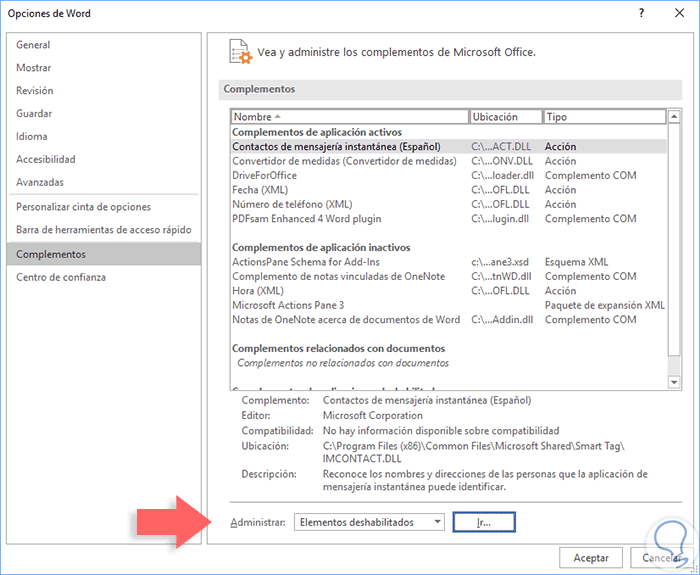

- SPELLING CORRECTOR WORD ZIP
- SPELLING CORRECTOR WORD DOWNLOAD
- SPELLING CORRECTOR WORD FREE
- SPELLING CORRECTOR WORD WINDOWS
You can turn off continuous spell checking: Normally, memoQ keeps checking your text as you type, and underline any unrecognized words. Then, to add the package: Click the Add button.
SPELLING CORRECTOR WORD ZIP
button, browse to the ZIP package, select it, and click the Open button. To add to memoQ a package you already downloaded: Click the. In the list, make sure Chrome is the default app. Click Choose a default app for each protocol.
SPELLING CORRECTOR WORD WINDOWS
In the Windows Settings window's search bar, type "protocol". If your browser does not open the link: Open the Windows Start menu, and click the Settings icon on the bottom right.
SPELLING CORRECTOR WORD DOWNLOAD
To view the list of available packages in a browser, and download them as needed: Click the link. The Download Hunspell dictionaries window opens. To download the dictionaries: Click the Look for more dictionaries online link. If you have not used Hunspell for this language before, the Hunspell dictionaries box will be empty.Under Curly underlines and under Spell checking dialog, click Hunspell.Use Hunspell only if you do not have Word or it has no spelling checker for your language. You are ready: memoQ can check spelling in the selected language.

Click the Microsoft Word radio button both under Curly underlines and under Spell checking dialog. If you have Word, and it has a spell checker for your language, it is always recommended to use the Microsoft Word setting.

For example, it is possible to use Hunspell for the underlines, and Word for the Spell checking window, although this is not recommended. You need to choose a spell checker separately for the two methods.įor both the underlines and the Spell checking window, you can choose from Hunspell or Microsoft Word. There are two ways to check spelling in memoQ: continuous spell checking will underline unrecognized words as you type or the Spell checking window where you can go through any unrecognized words one by one. If you choose a language that has sublanguages (for example, English can be English (US), English (UK), etc.), the list of available dictionaries shows up in the window's bottom half.Under Language-dependent settings, choose a language from the dropdown.Under Category, click Spelling and grammar.Open the Options window: At the very top of the memoQ window - in the Quick Access toolbar -, click the Options (cogwheels) icon.To change the way Word checks spelling, open the Options window in Microsoft Word, click the Proofing category, and change those settings as needed. Microsoft Word is using its own options in memoQ. If Microsoft Word is on your computer, and it supports grammar checking for your target language, memoQ can also check the grammar of your translation. If Word is not on the computer, or it does not have a spell checker for the language you need, you can set up Hunspell for that language. If Microsoft Word is there on your computer, memoQ can use Word's spell checkers. You can do this on the Spelling and grammar pane of the Options window. Union( inserts).To use spell checking in memoQ, you need to set up the spell checker for each target language you work with. Substring( 2)) įor ( int i = 0 i < splits. Key įoreach ( string wordVariation in Edits( item)) ContainsKey( wordVariation) & ! candidates. ContainsKey( trimmedWord))ĭictionary candidates = new Dictionary() Private static Regex _wordRegex = new Regex( "+ ", RegexOptions. Private Dictionary _dictionary = new Dictionary() The dictionary big.txt can be found here. Peter Norvig describes some speed ups you can perform on the original page, and one obvious one is to use a standard dictionary file and store this in a Bloom filter, with the trained words stored in the same dictionary format, looking through the bloom filter as a second measure. I haven’t gone for brevity, as it’s 140+ lines of code, nor efficiency.
SPELLING CORRECTOR WORD FREE
Hopefully there’s no obvious errors, but feel free to reply if there are - I am a Python newbie and got a lot of help from the Java conversion and trawling through a few Python tutorials on its powerful-but-hard-to-read (but admittedly really concise) set syntax, and also with the help of Simon my colleague pointing out some glaring errors. The other C# version was a 404 last time I looked. There are already some links to C# conversions on Peter Norvig’s page, however I wanted one that was closer to C# and didn’t rely on a 3rd party library for collection helpers, as Frederic Torres’s does. His original is a few years old now, and only 21 lines of compact Python. Peter Norvig’s spelling corrector is fairly famous in nerd-circles as it describes the first steps in creating a Google-style spelling corrector that will take something like “Speling”, recognise its closest word and reply “Did you mean Spelling?”. Github repository - feel free to send improvements


 0 kommentar(er)
0 kommentar(er)
